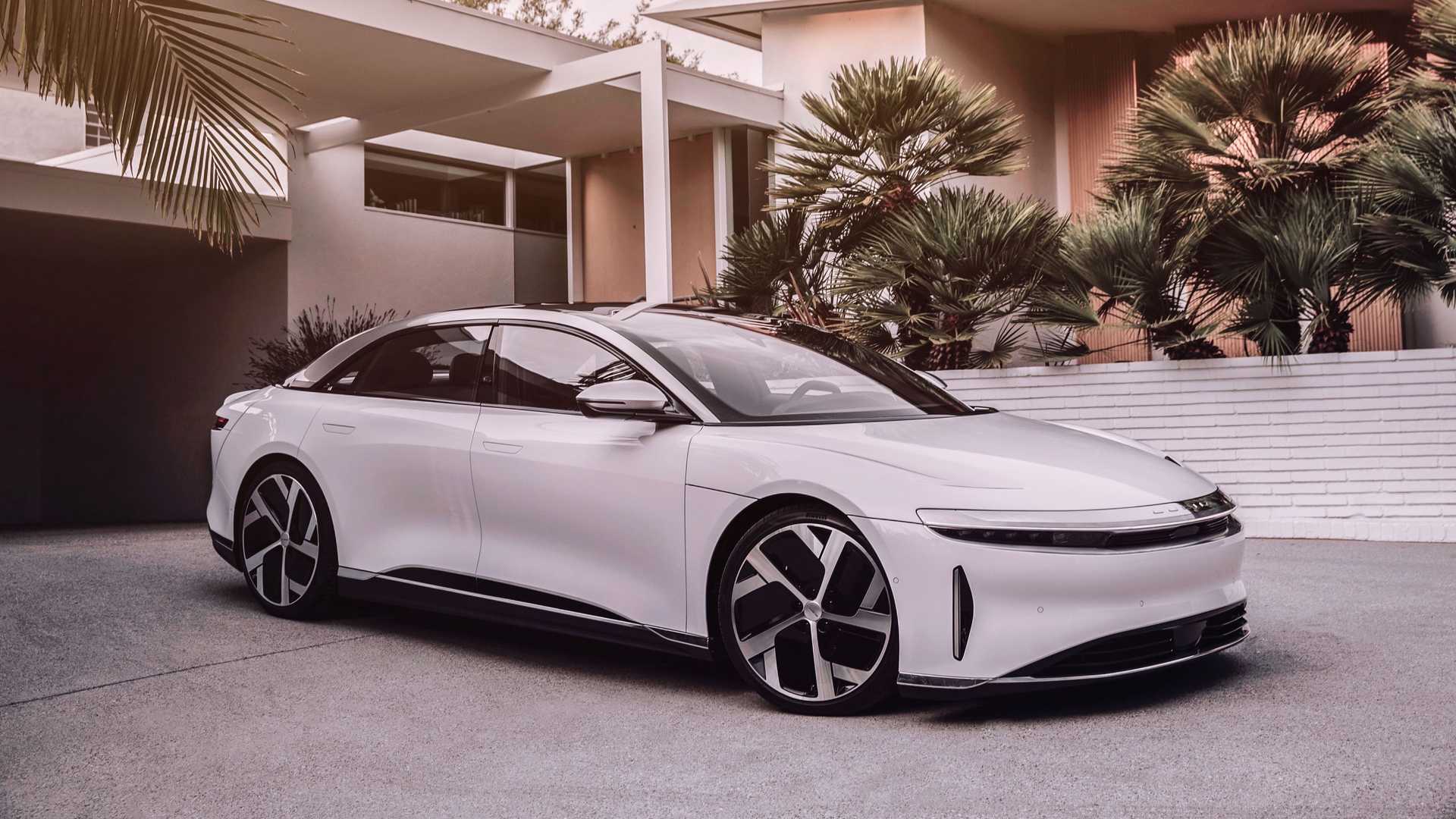The project manager for the iconic first 100% Tesla model, the Model S, says the Lucid Air represents “the next level, the next generation of technology.“
Peter Rawlinson’s signature seals nearly 70% of the patents used to build the first Model produced by Tesla from scratch. The representative saloon has been the cornerstone of Elon Musk’s company in showing the world his vision of 100% electric mobility.
The person responsible for Tesla’s flagship project that launched in 2012, is now the CEO of Lucid Motors, a Newark company just 17 kilometers from Tesla’s factory and headquarters in Fremont, California.
This year, the American company presented its first proposal for the representative saloon market with an impressive vehicle, the Lucid Air, designed with efficiency as the central premise.
Aeronautical Conception
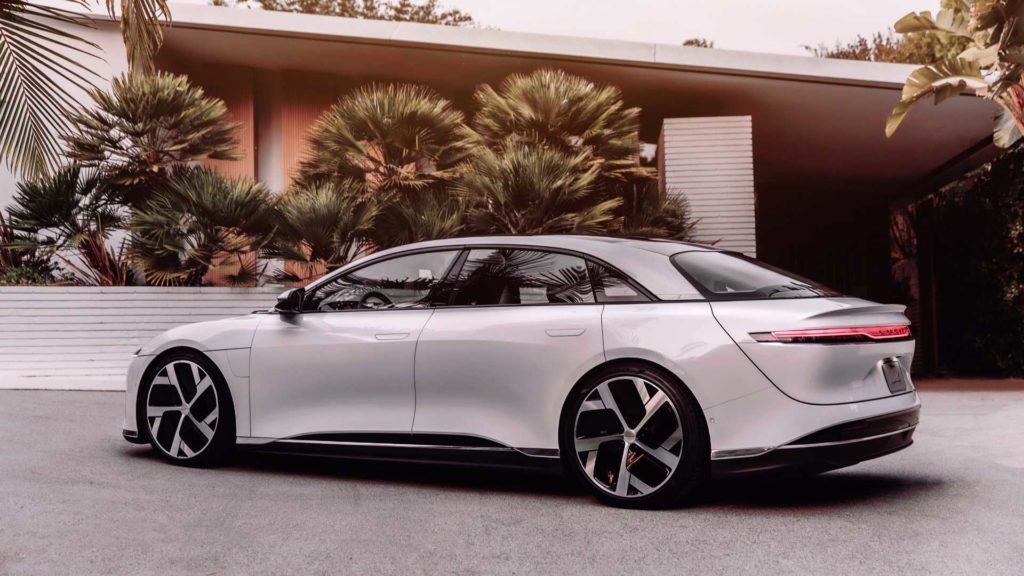
The constructive base of the car that is conformed as a benchmark in the sector is based on aerospace technology. The use of alloys and composite materials offers explosive supercar accelerations from 0 to 60 mph in 2 seconds.
In an interview with Forbes, Rawlinson relates that he put two conditions when signing for Lucid Motos (Atieva at that time); The first was that “they were not going to make just any car, they were going to make the best car in the world.”
The second condition was “change the name of the company”, at that time called Atieva since in Rawlinson’s words, “Atieva sounded like yogurt”.
Peter Rawlinson is in love with the car, and like the legendary Colin Chapman, he designed his own sports car that he called Imola. This exercise in style brought him to Lotus, where his creation was the basis for the exceptional Lotus Elise, the car that in turn was the starting point for Elon Musk’s first electric car in history: The Tesla Roadster.
Thinking in Minutes, not KWh
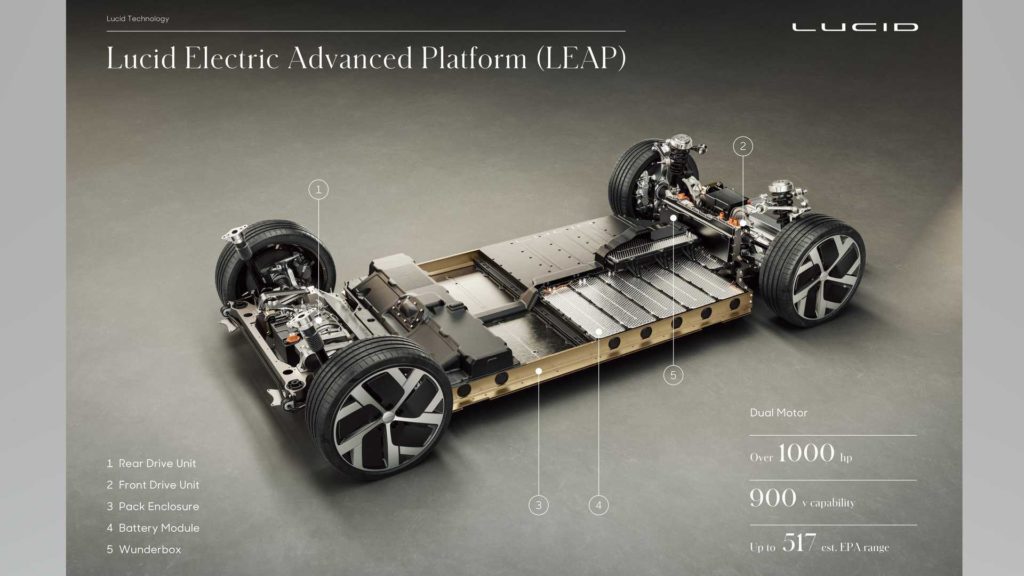
The concept of the electric vehicle displayed by the CEO of Lucid Motors fights against zero-emission mobility stereotypes. An example of this way of thinking is the unit of measurement that Rawlinson uses: “I use the measurement of kilometers per minute, while others use kilowatts as a measurement of the electrons that go into the battery. I do not. If I stop for coffee and want to charge my car, I’m not interested in how many kilowatts go in. I am interested in how many kilometers I am going to travel.”
The conception of the Lucid Air marks the differences in the way of understanding the car. During the Forbes interview, Rawlinson clarifies why Lucid is the next level for electric vehicles.
If we consider one of the highest-end cars that can be purchased today produced by the highest German technology such as the Porsche Taycan, the difference in conception and the state of development between Germany and California comes to light at the time to conceive an electric car.
Comparison with the Porsche Taycan
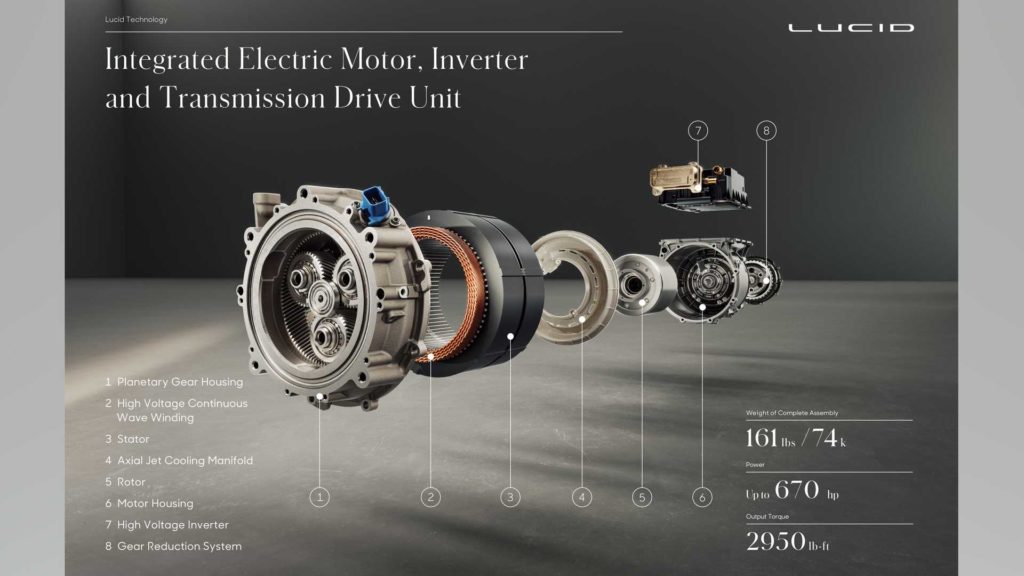
Peter Rawlinson highlights the cultural difference in electric technology’s concept and development by comparing the Lucid Air with the Porsche Taycan.
“Lucid Air has a front and rear drive unit consisting of a motor, inverter, reduction gear, and differential. Our propulsion unit can produce 650 horsepower but weighs 74 kilos. The reduction gear Porsche Taycan’s rear-wheel-drive unit weighs around 175 kilos and makes 500 horsepower. The Taycan has a reduction gear only at the rear. “
Lucid’s experience in Formula E enables the North American company to improve efficiency when it comes to enjoying blazing accelerations over the competition: “Lucid’s competitors will waste more than 100 horsepower under acceleration heating up the battery. In Formula-E, we reduced resistance in the way cells are interconnected. That has come directly to Lucid Air”, confirming the application of technology transfer from the racing world to road cars.
Lucid Motors’ advances allow it to offer products set as the benchmark for the automobile to come, where efficiency will be the differentiating factor on a planet where the best environmental savings is the energy that is not wasted.
Efficiency as a Future Value
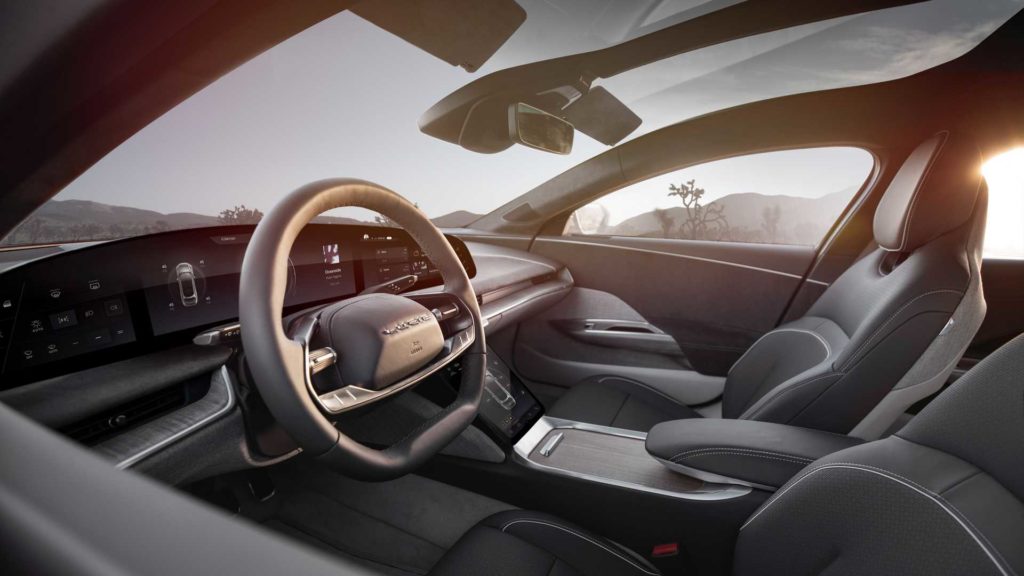
Rawlinson states that the “Porsche Taycan does about 4 km per kilowatt-hour, that’s how efficient it is. Lucid Air does approximately 7.4 km per kilowatt-hour. Twice the Porsche, twice the efficiency per kilowatt-hour.”
The head of Lucid Motors puts the finger on the wound, comparing his car with a direct competitor. It would be interesting to see what he would say about the new models’ efficiency that will soon arrive in the US market of the Hummer, Lordstown, Rivian, and others, where efficiency is not the best of their virtues.

